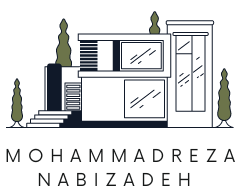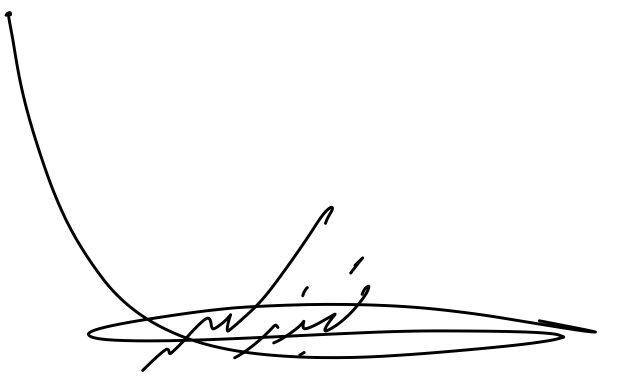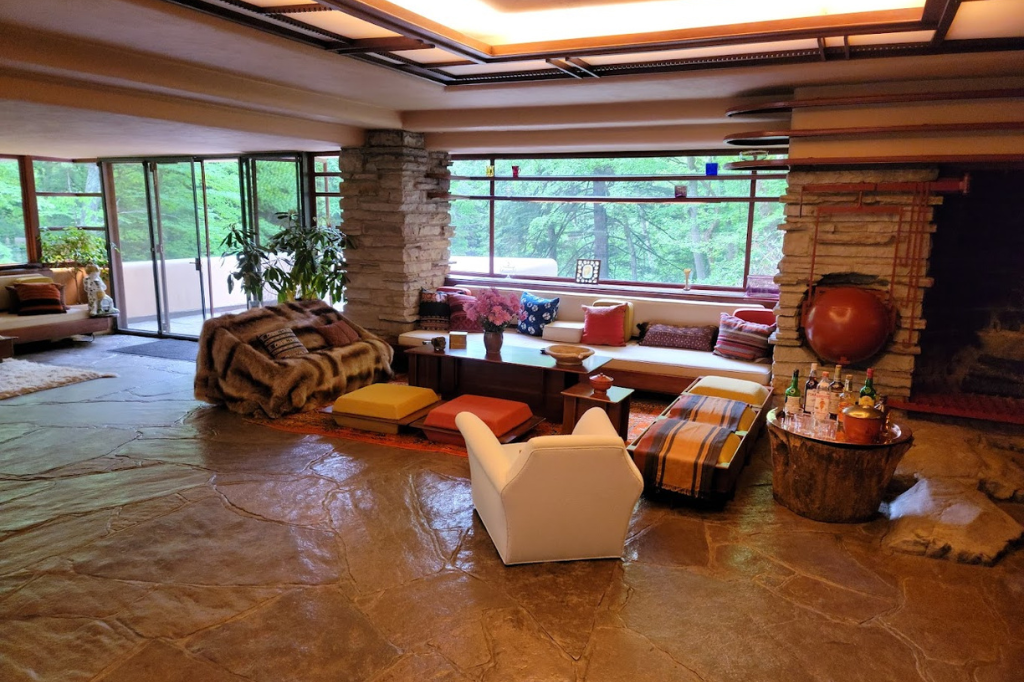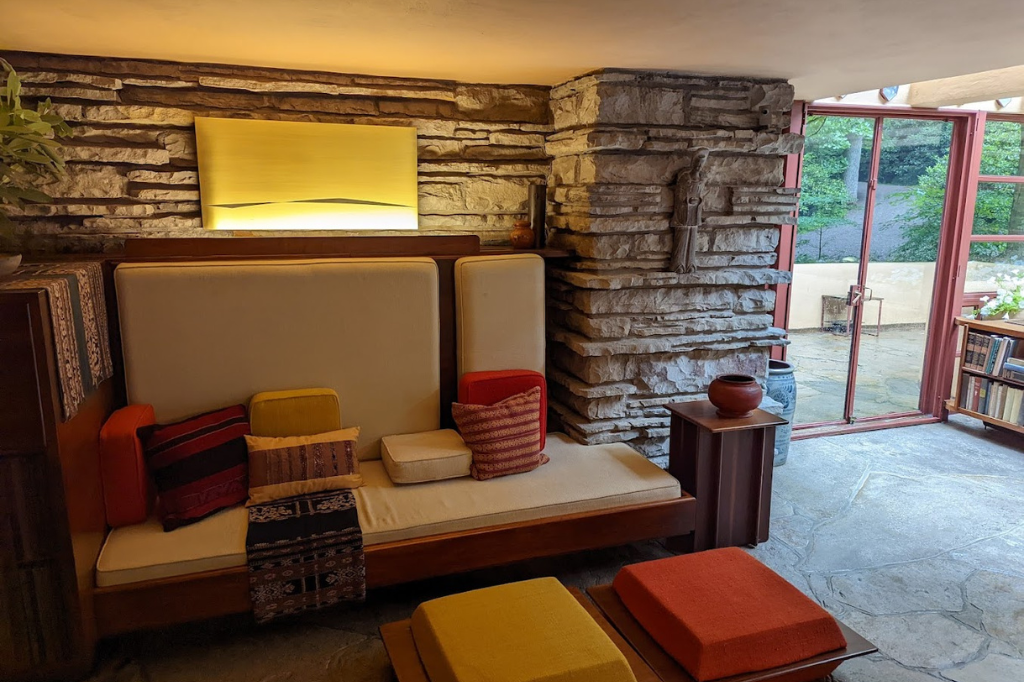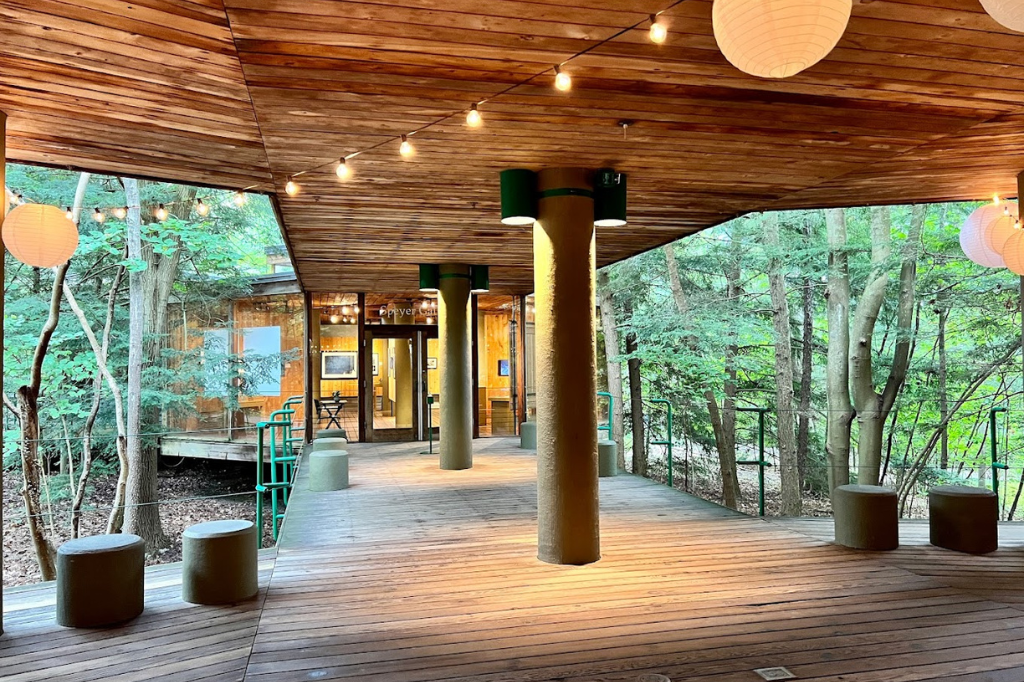Fallingwater
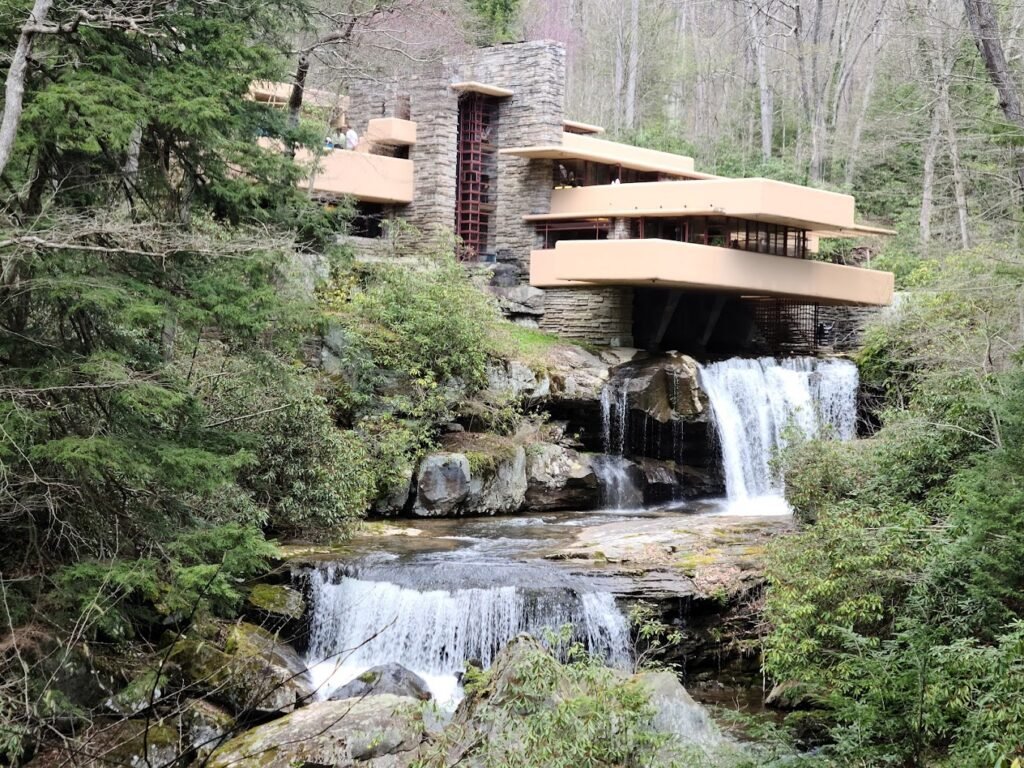
Fallingwater is a house designed by the architect Frank Lloyd Wright in 1935. Situated in the Mill Run section of Stewart township, in the Laurel Highlands of southwest Pennsylvania, about 70 miles (110 km) southeast of Pittsburgh in the United States, it is built partly over a waterfall on the Bear Run river. The house was designed to serve as a weekend retreat for Liliane and Edgar J. Kaufmann, the owner of Pittsburgh’s Kaufmann’s Department Store.
After its completion, Time called Fallingwater Wright’s “most beautiful job” and it is listed among Smithsonian‘s “Life List of 28 Places to See Before You Die”. The house was designated a National Historic Landmark on May 11, 1976. In 1991, members of the American Institute of Architects (AIA) named Fallingwater the “best all-time work of American architecture” and in 2007, the AIA ranked it 29th on its list of America’s Favorite Architecture.[8]
In 2019, the house and seven other Wright constructions were inscribed as World Heritage Sites under the title, “The 20th-Century Architecture of Frank Lloyd Wright”.[9]
History
At age 67, Frank Lloyd Wright was given the opportunity to design and construct three buildings. With his three works of the late 1930s, (Fallingwater, the Johnson Wax Building in Racine, Wisconsin, and the Herbert Jacobs house in Madison, Wisconsin), Wright regained his prominence in the architectural community.[10]
History
Fallingwater, designed by Frank Lloyd Wright, faced challenges during construction.
Kaufmann’s surprise visit prompted a rushed design session, leading to the iconic cantilevered structure. Disagreements arose, including concerns over concrete expertise and a sag in the cantilever.
Despite conflicts, the house was completed in 1938, showcasing Wright’s innovative design.
The construction’s intricacies, conflicts, and resolutions contribute to Fallingwater’s architectural legacy.
Cost
Originally estimated at $35,000, Fallingwater‘s final cost was $155,000, encompassing $75,000 for the house, $22,000 for finishings, $50,000 for the guest house, and an $8,000 architect’s fee. Adjusted for inflation, this amounts to around $3.3 million in 2023.
Notably, from 1938 to 1941, over $22,000 was spent on additional details. The 2001 restoration, valued at $11.5 million, equals approximately $19 million in 2023.
These financial aspects highlight the evolution and investment in the iconic Fallingwater structure.
History
Fallingwater, a pinnacle of Frank Lloyd Wright’s organic architecture, seamlessly integrates with its natural surroundings. Reflecting Wright’s admiration for Japanese architecture, the house prioritizes the harmony between exterior and interior spaces. Built above a waterfall, Fallingwater’s design embraces the site, incorporating natural elements like boulders into its structure. The living room’s hearth, featuring rocks from the site, creates a link between indoors and outdoors. Even in small details, such as glass meeting stone, the design emphasizes uninterrupted harmony.
Windows, balconies, and terraces extend into the surroundings, capturing the essence of Bear Run.
The strategic placement of bedrooms encourages social interaction and connection to the outdoors. Wright’s original vision limited the color palette to light ocher and Cherokee red for concrete and steel, respectively. Additional structures, including a carport, servants’ quarters, and a guest house, were crafted with meticulous attention to detail.
Originally blending into rural Pennsylvania, Fallingwater later underwent modifications after being deeded to the public. Despite changes, it remains a testament to Wright’s architectural brilliance, attracting visitors and earning a place in the Museum of Modern Art in 2009.
